| Day | Topic- Public Information Statement |
| Sunday | Introduction |
| Monday | Winter Weather Preparedness |
| Tuesday | Heavy Snow & Snow Squalls |
| Wednesday | Ice Storms |
| Thursday | Winter Floods |
| Friday | Winter Weather Services |
| Saturday | Winter Weather Safety |
A winter storm is an event in which the main type of precipitation is either snow, sleet, or freezing rain.
How do winter storms form?
Just like any other storm, the right combination of ingredients is necessary for a winter storm to develop. Winter storms derive their energy from the clash of two air masses with different temperature and moisture levels, usually a cold, dry airmass from Canada, and a warm, moist airmass from the Gulf. Winter storm development also depends on the positioning of the jet stream, which dips down during the winter months allowing polar air to surge south.
If temperatures are cold enough, and a significant amount of moisture is present, a major winter storm can result.
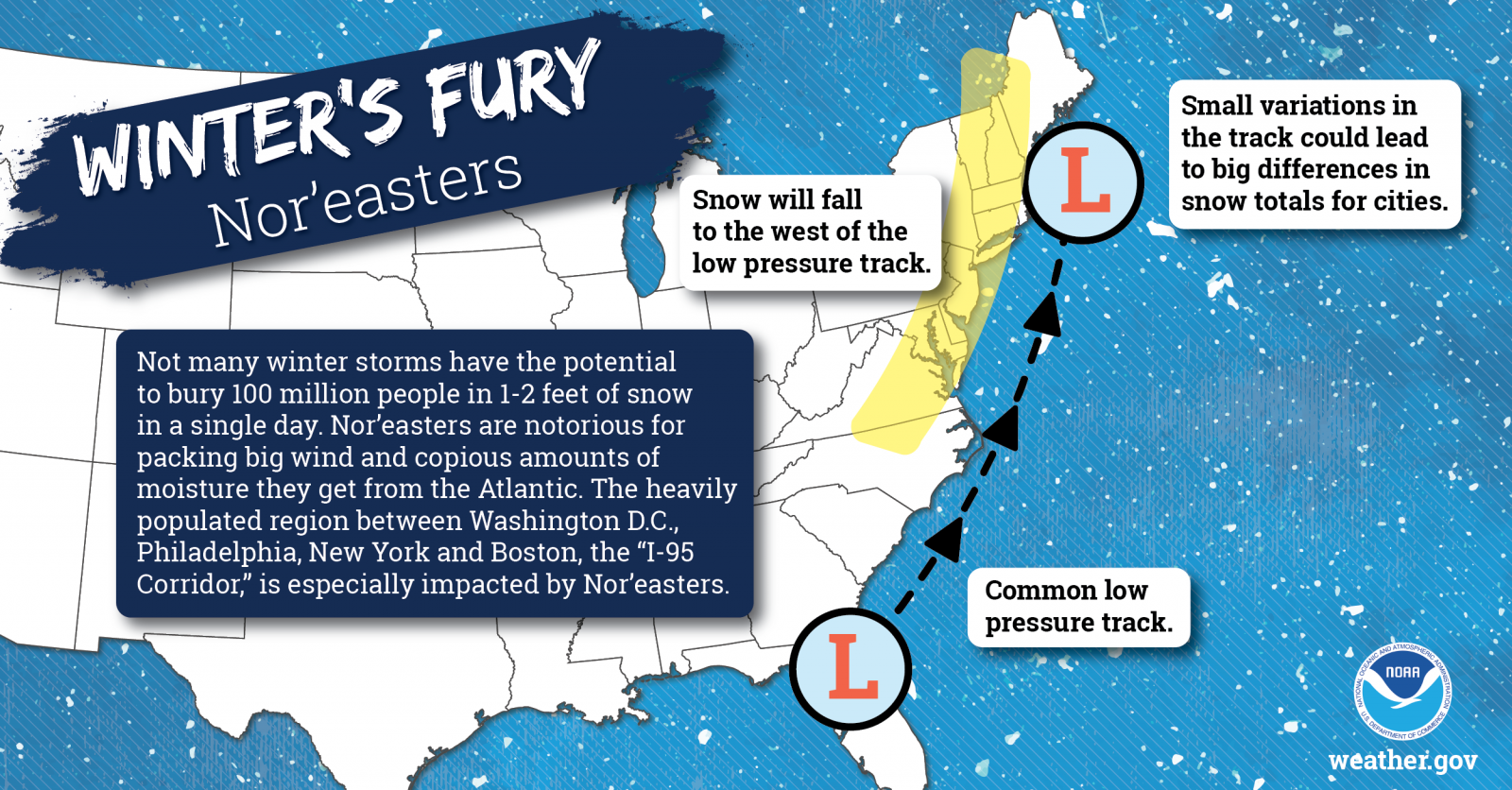
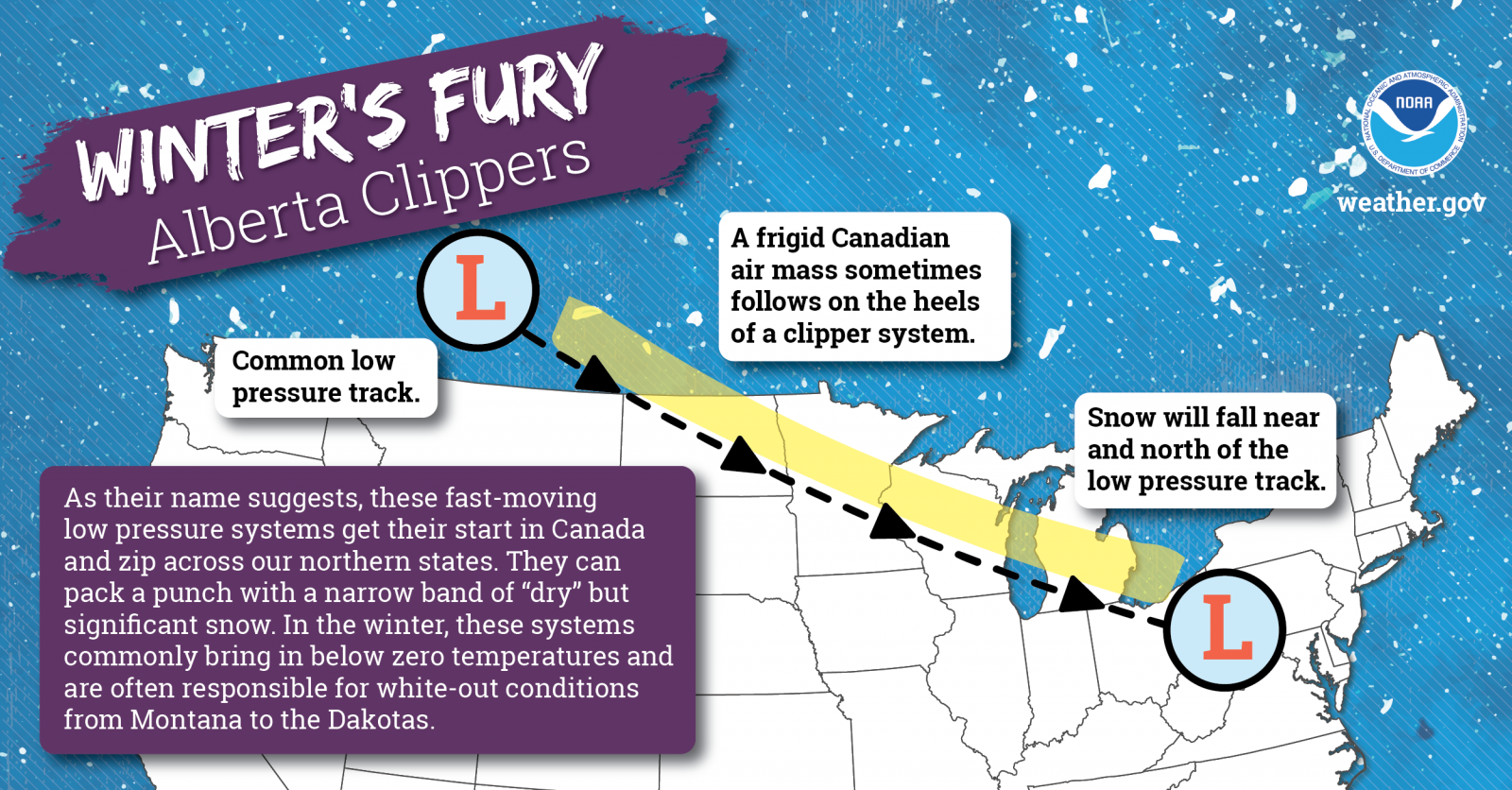
Several kinds of precipitation can occur during the winter season. They are rain, snow, freezing rain and sleet.
Snow
Most precipitation that forms in the wintertime clouds start out as snow because the top layer of the storm is usually cold enough to create snowflakes. Snowflakes are just collections of ice crystals that cling to each other as they fall toward the ground. Precipitation continues to fall as snow when the temperature remains below freezing from the cloud base to the ground.
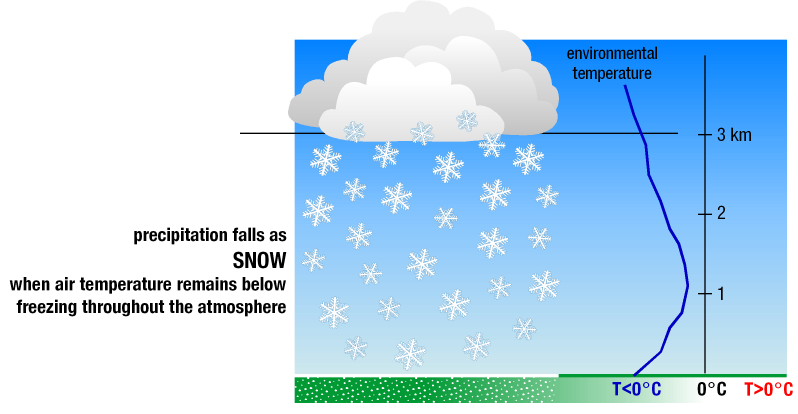
Freezing Rain
Freezing rain occurs when snowflakes descend into a warmer layer of air and melt completely. When these liquid water drops fall through another thin layer of freezing air just about the surface, they don't have enough time to refreeze before reaching the ground. Because they are "supercooled", they instantly refreeze upon contact with anything that is at or below freezing, create a glaze of ice.
A period of freezing rain lasting several hours or more, is called an ice storm.
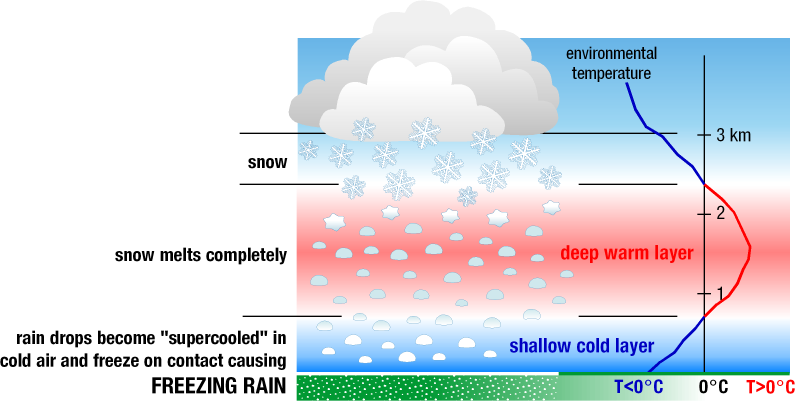
Sleet
Sleet occurs when snowflakes only partially melt when they fall through a shallow layer of warm air. These slushy drops refreeze as they continue to fall through a deep layer of freezing air above the surface, eventually reaching the ground as frozen rain drops that bounce on impact.
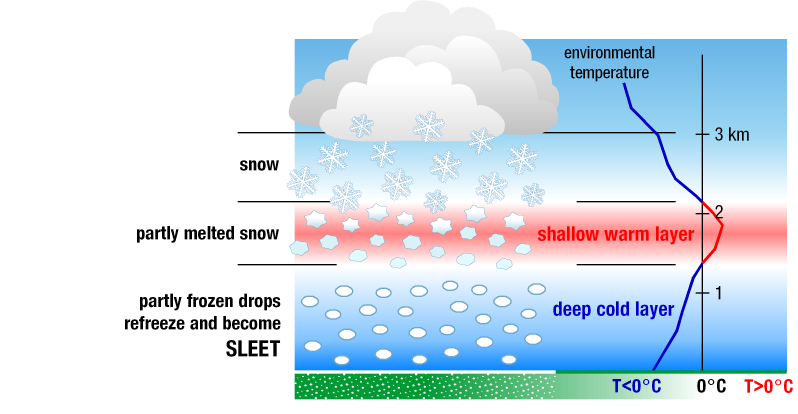
Most deaths from winter storms are not directly related to the storm itself.
People die in traffic accidents on icy roads, of heart attacks while shoveling snow, and of hypothermia from prolonged exposure to the cold.
Everyone is at risk during winter storms. Recent studies show that of injuries related to ice and snow:
â–ºAbout 70% occur in automobiles.
â–ºAbout 25% are people caught out in the storm.
â–ºMajority are males over 40 years old.
Of injuries related to cold:
â–º50% happen to people over 60 years old.
â–ºMore than 75% happen to males.
â–ºAbout 20% of injuries occur in the home.
Prolonged exposure to the cold can become life-threatening. Frostbite and hypothermia are both serious health conditions, and hypothermia can be fatal.
Frostbite
Frostbite is damage to body tissue caused by extreme cold.
Signs: A loss of feeling and a white/pale appearance in extremities, such as fingers, toes, ears or the tip of the nose.
What To Do: Get medical help immediately! If you must wait for help, slowly reward affected areas. If the person is showing signs of hypothermia, remember to warm the body core, before the extremities.
Hypothermia
Hypothermia is an abnormally low body temperature (<95°F).
Signs: Uncontrollable shivering, memory loss, disorientation, incoherence, slurred speech, drowsiness and apparent exhaustion.
What To Do: Seek medical help immediately if the person's body temperature is below 95°F! If medical care is not available, warm the person slowly, starting with the body core.
Wind Chill
Wind chill is not the actual temperature, but rather how wind and cold actually feel on exposed skin.
As the wind increases, heat is carried away from the body at an accelerated rate, driving down the body temperature. Animals are also affected by wind chill.
 |
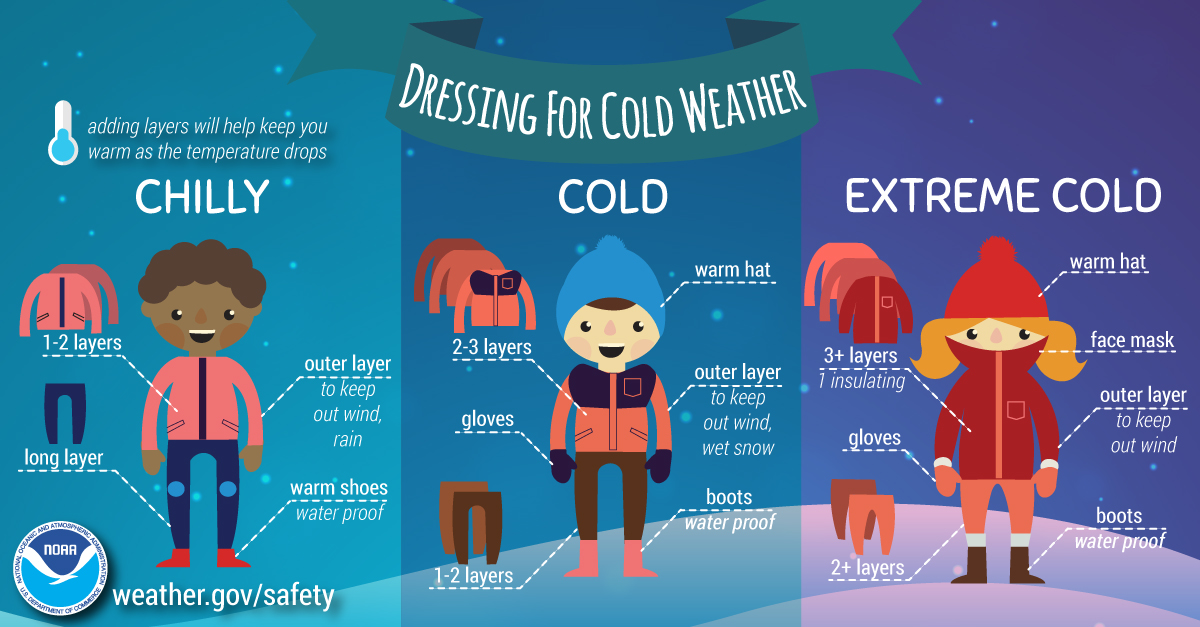 |
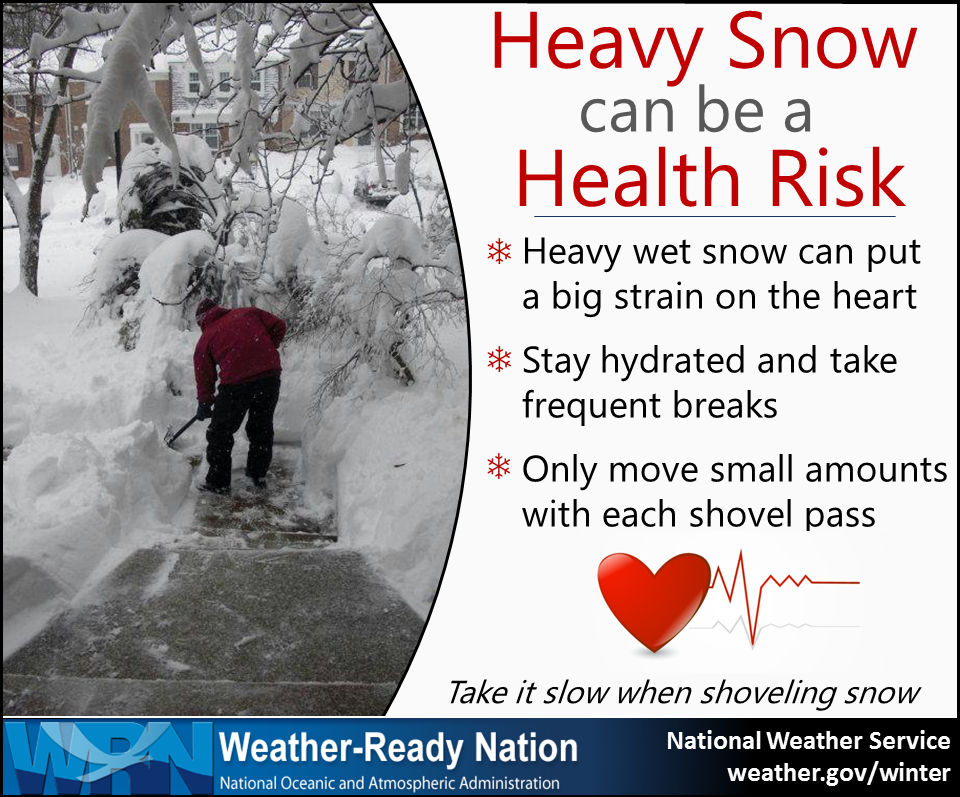 |
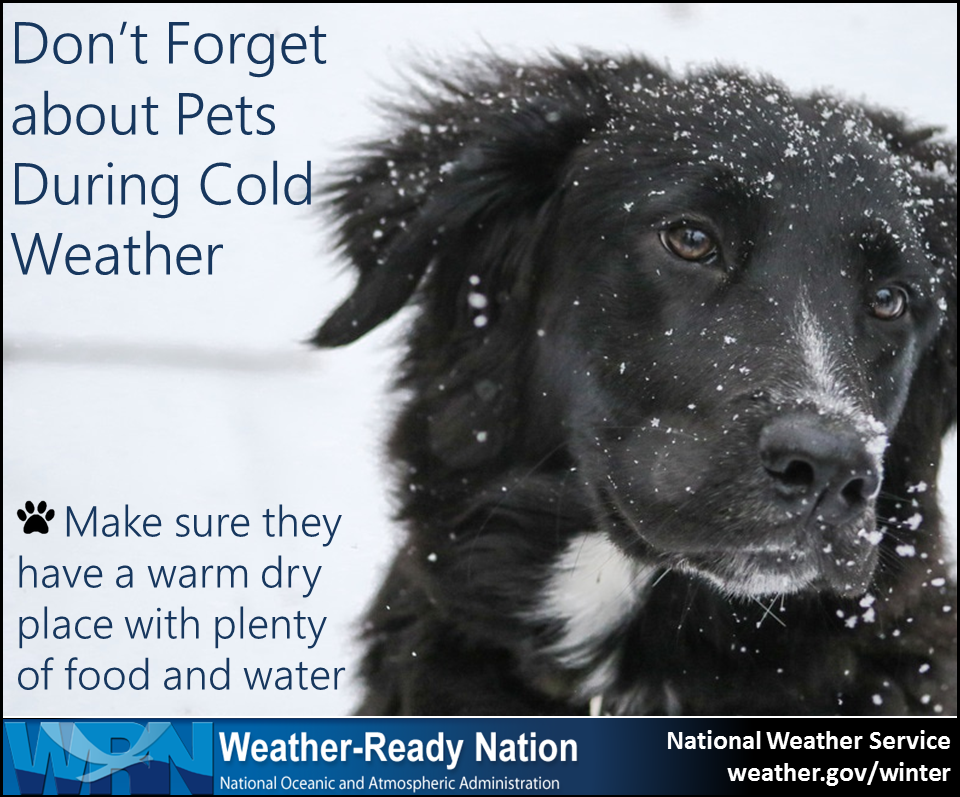 |
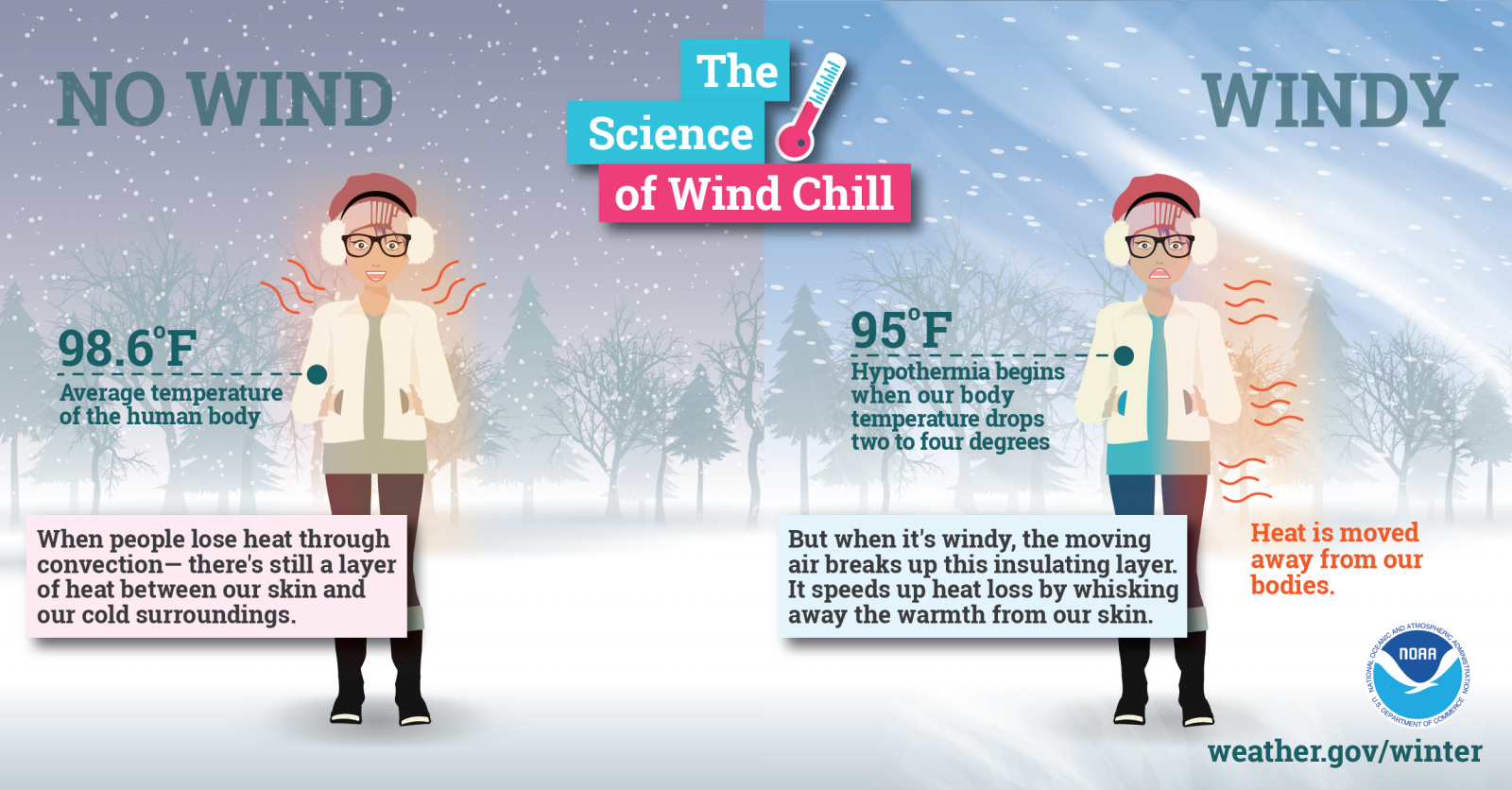 |
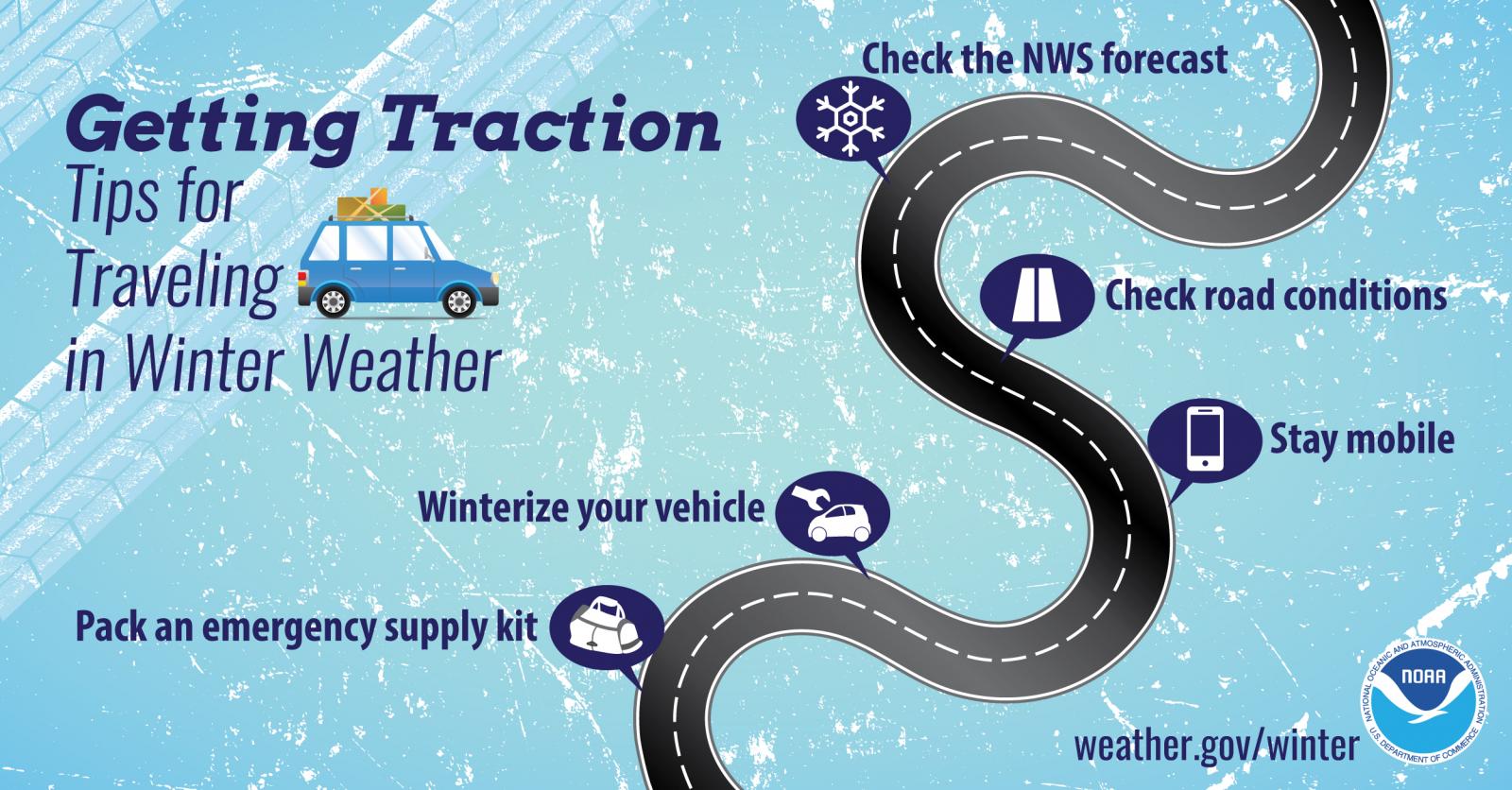 |
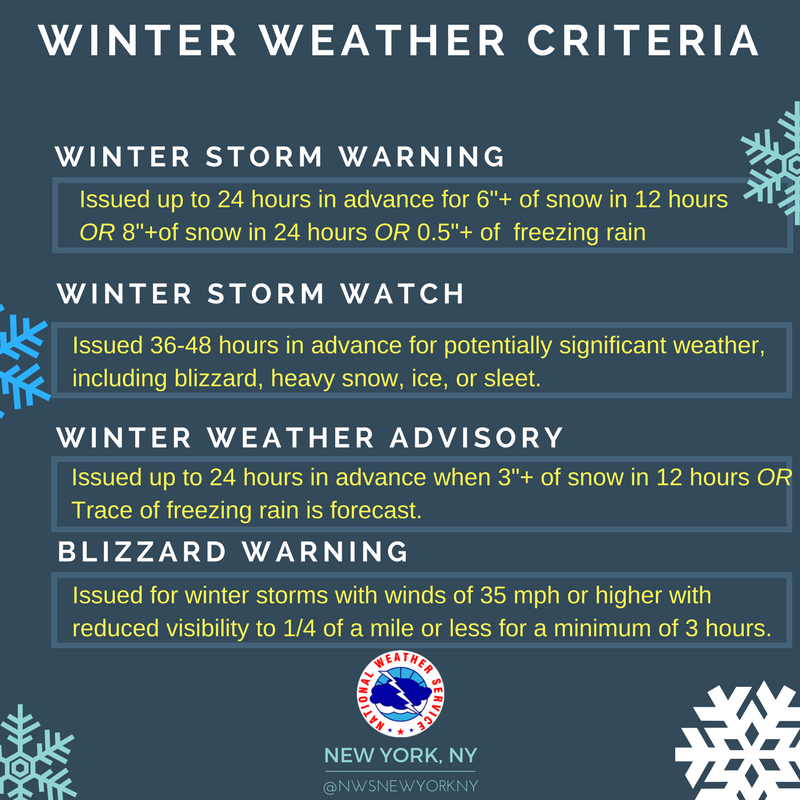
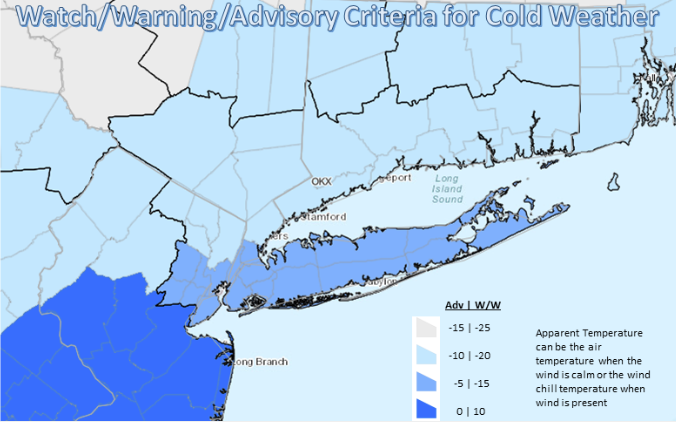
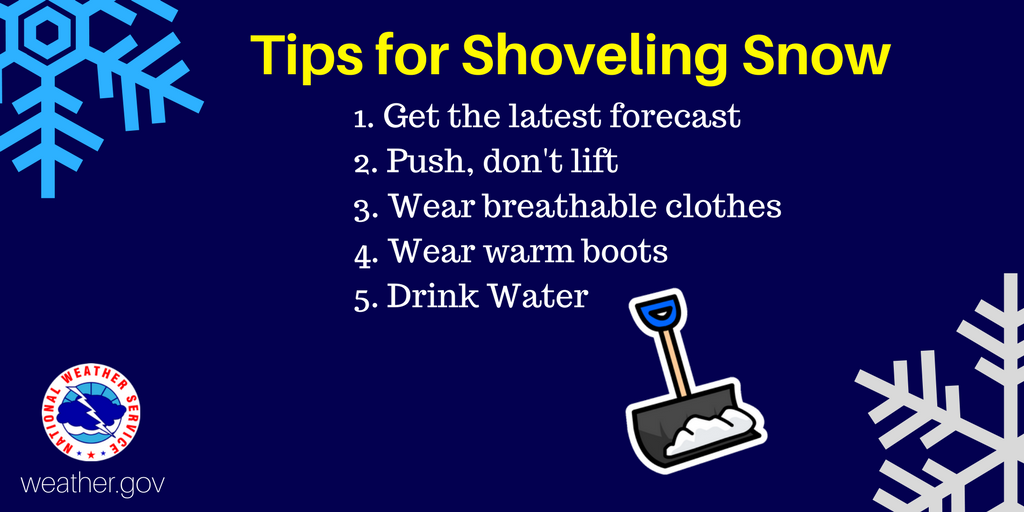 |
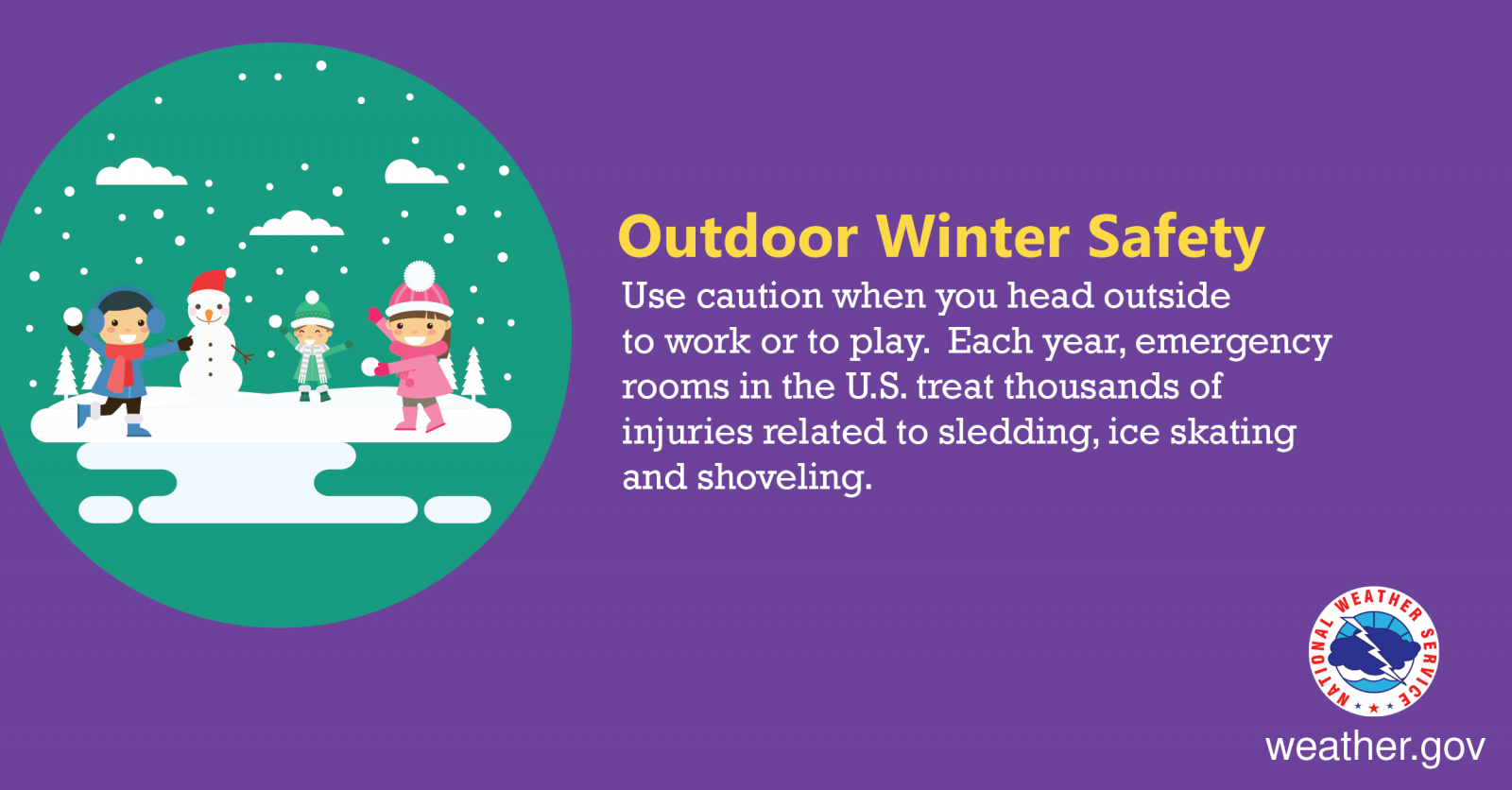 |
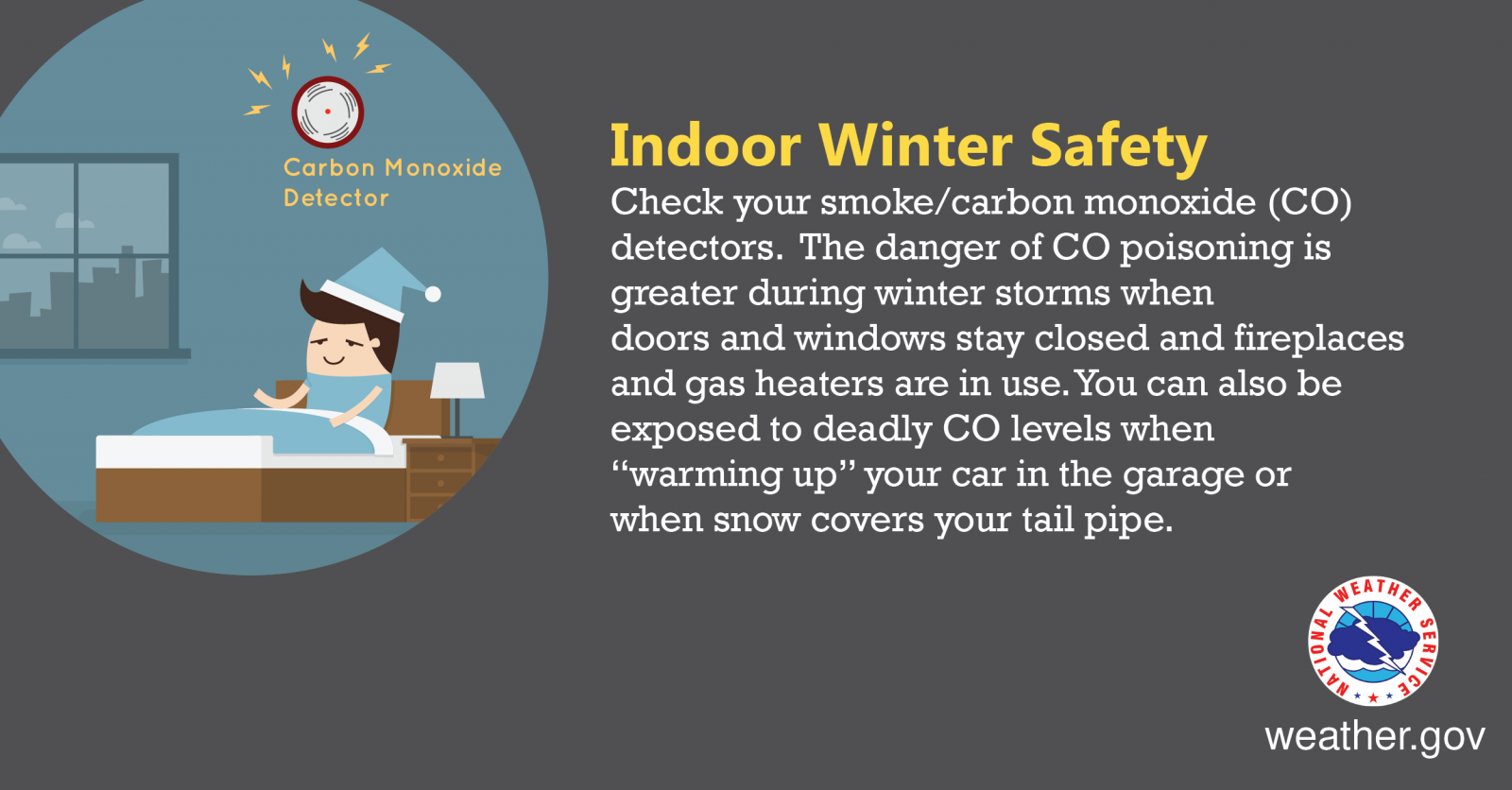 |
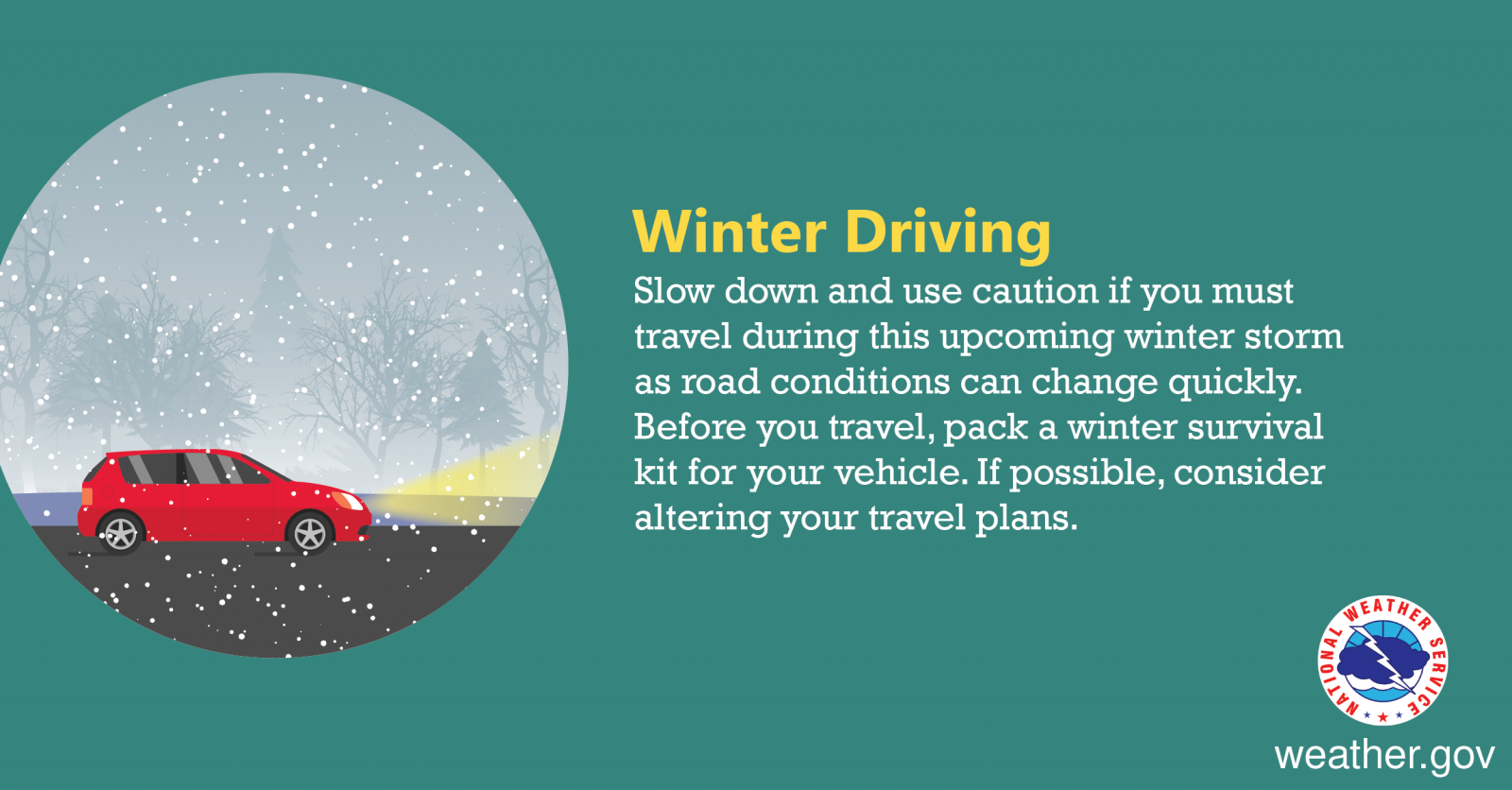 |
 |
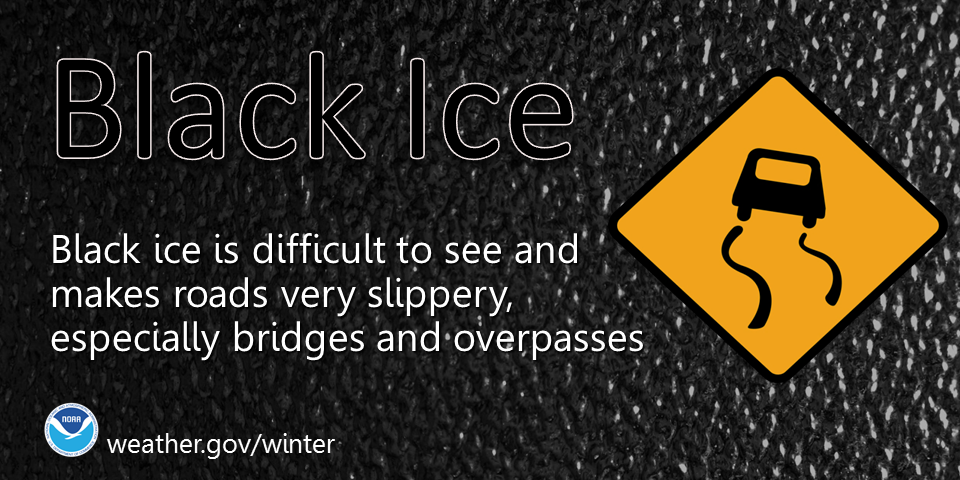 |